Weekend Portfolio: Lee Whittaker
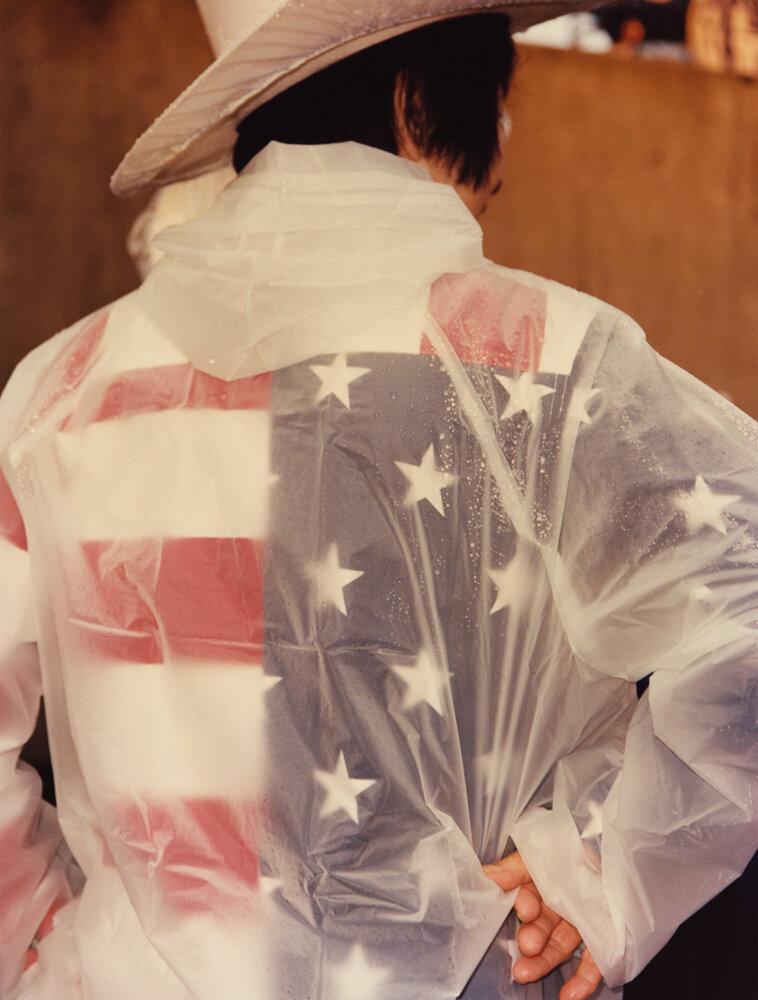
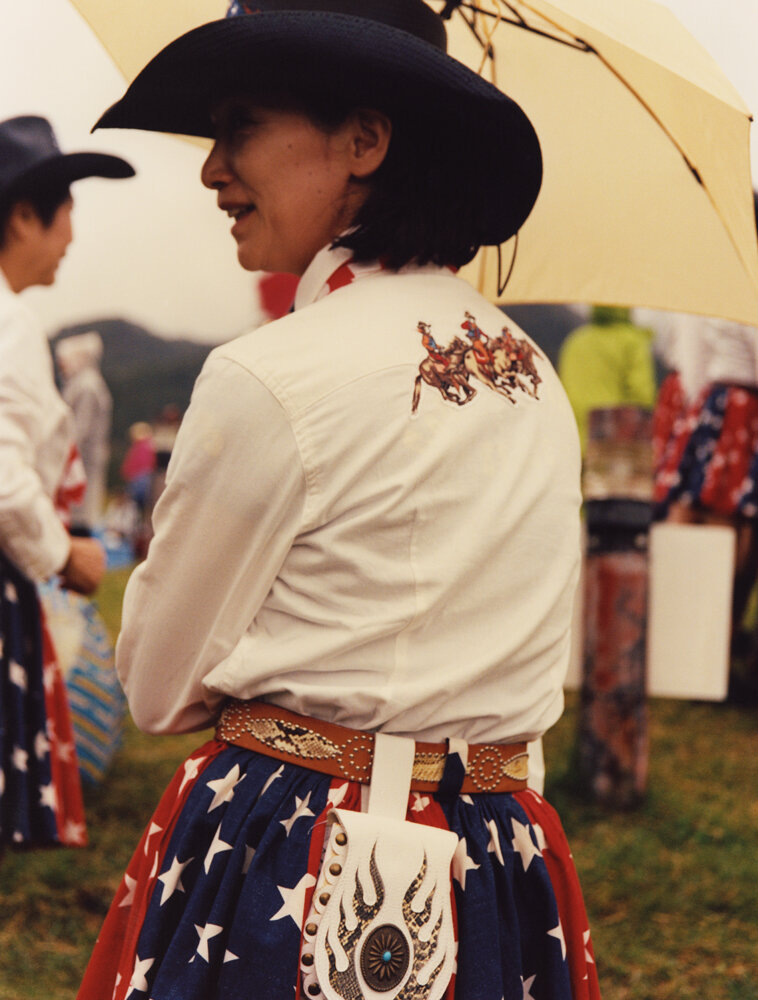
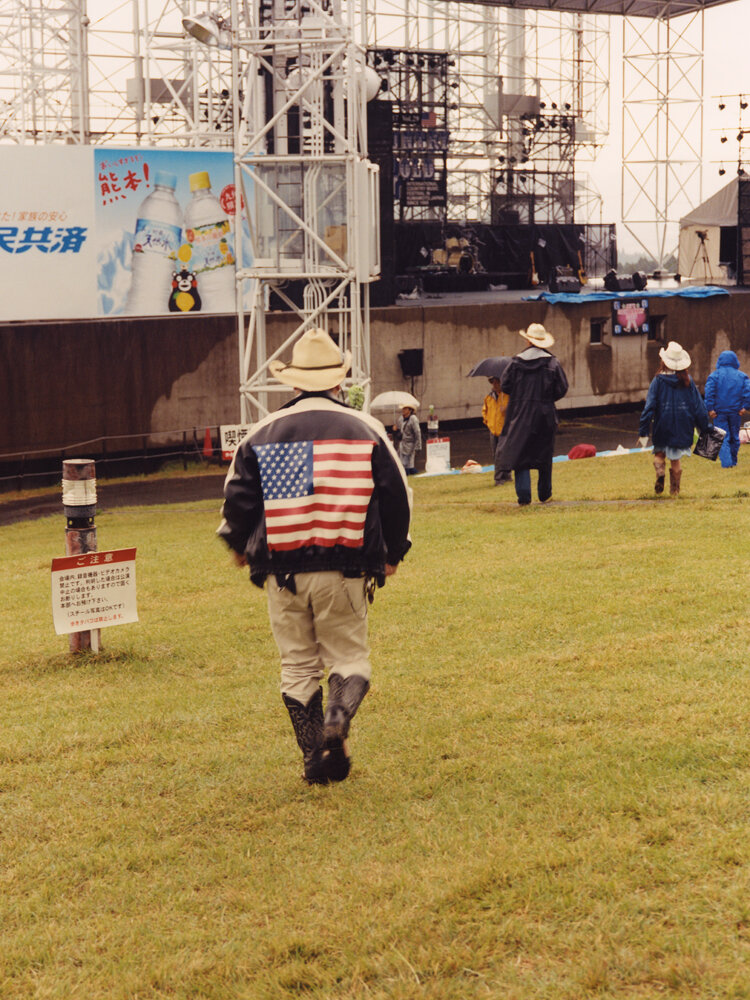
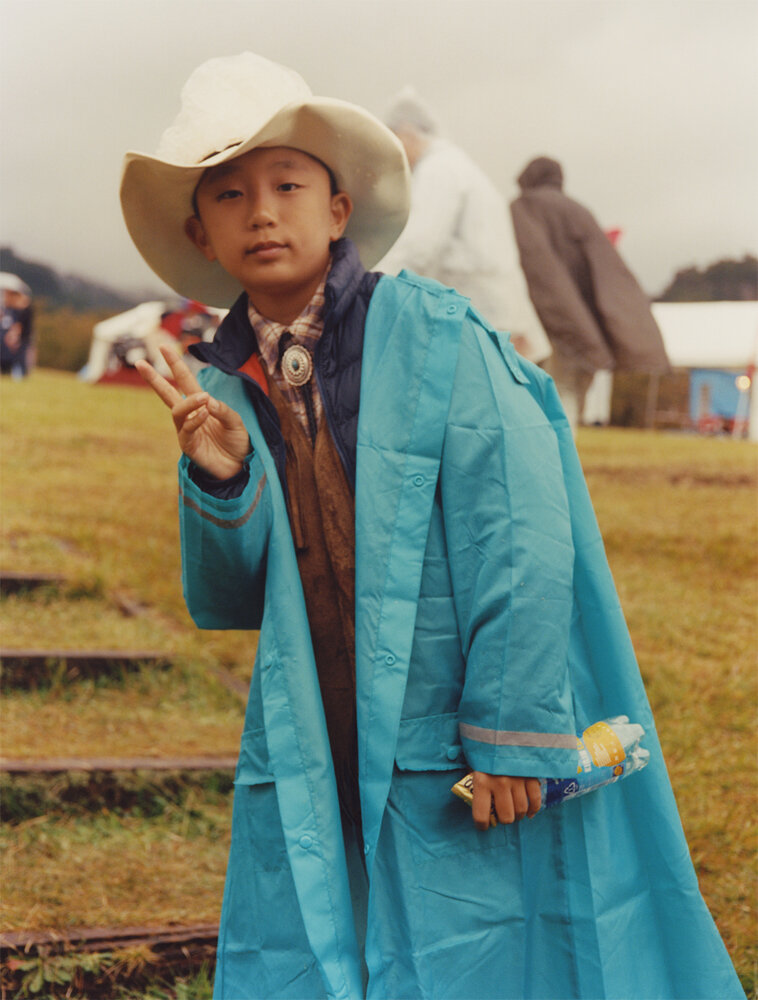
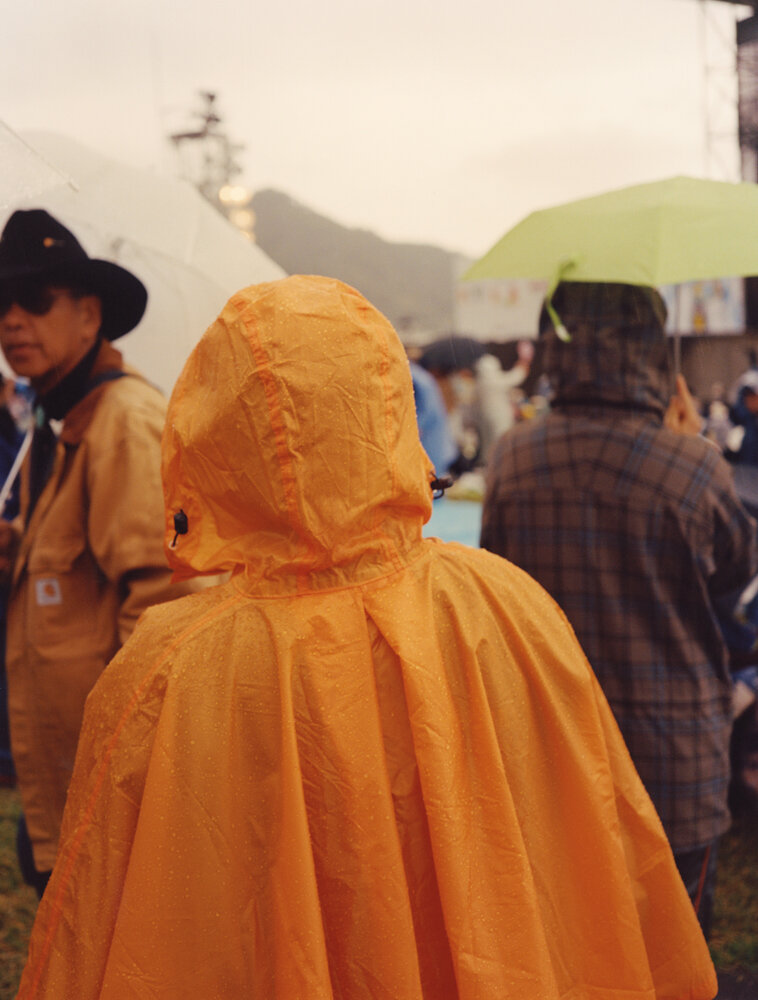
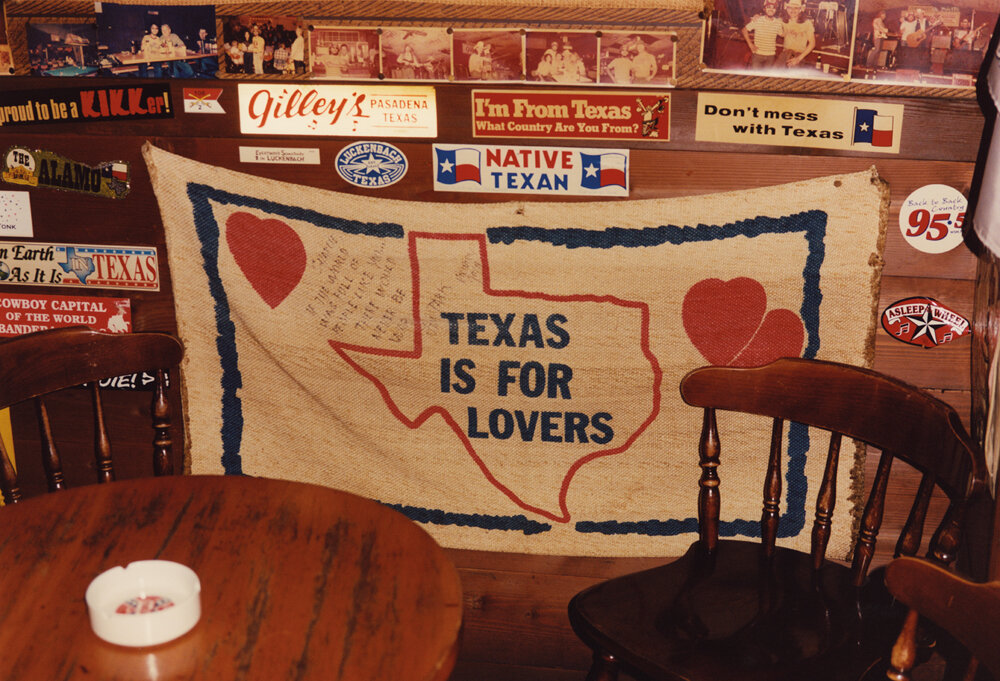
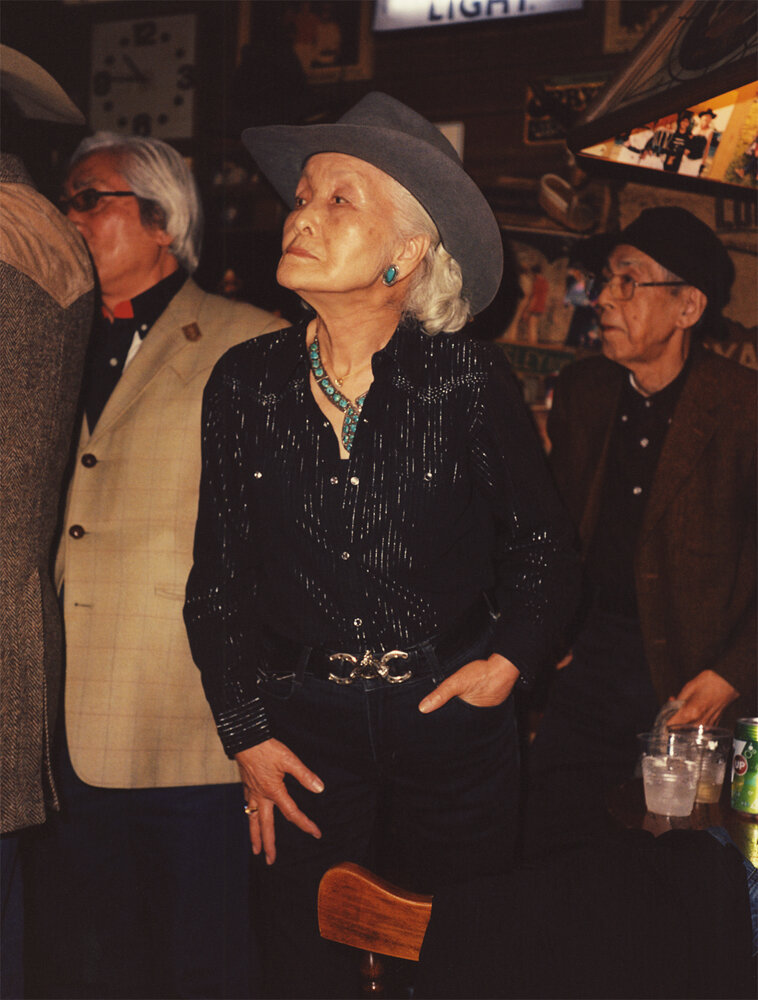
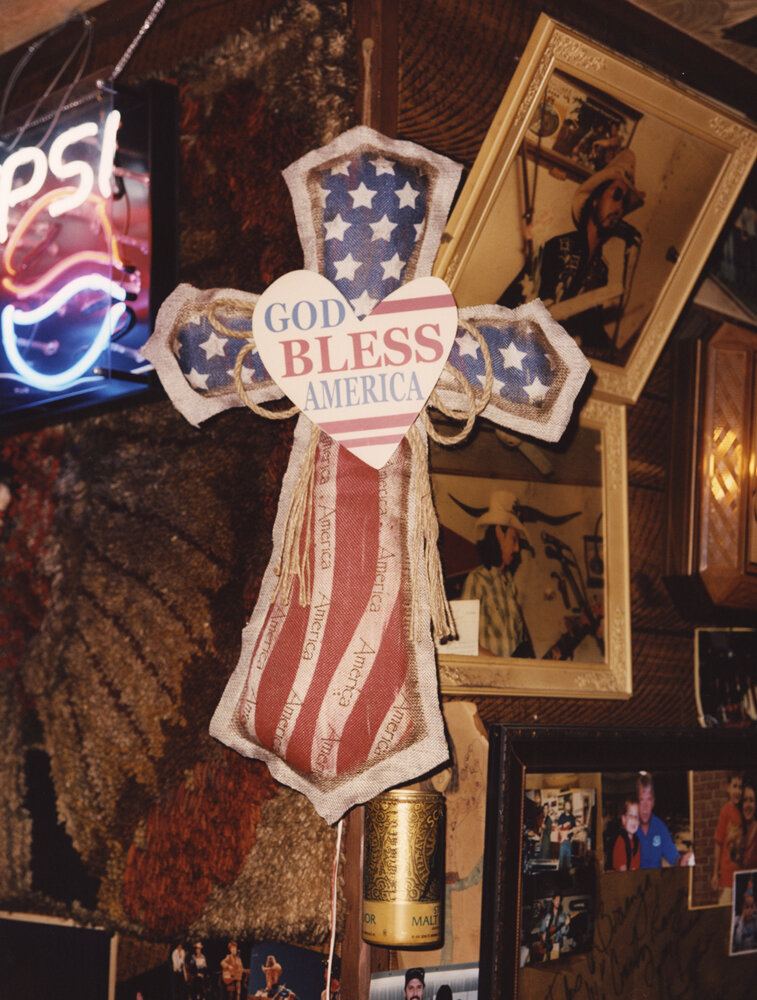
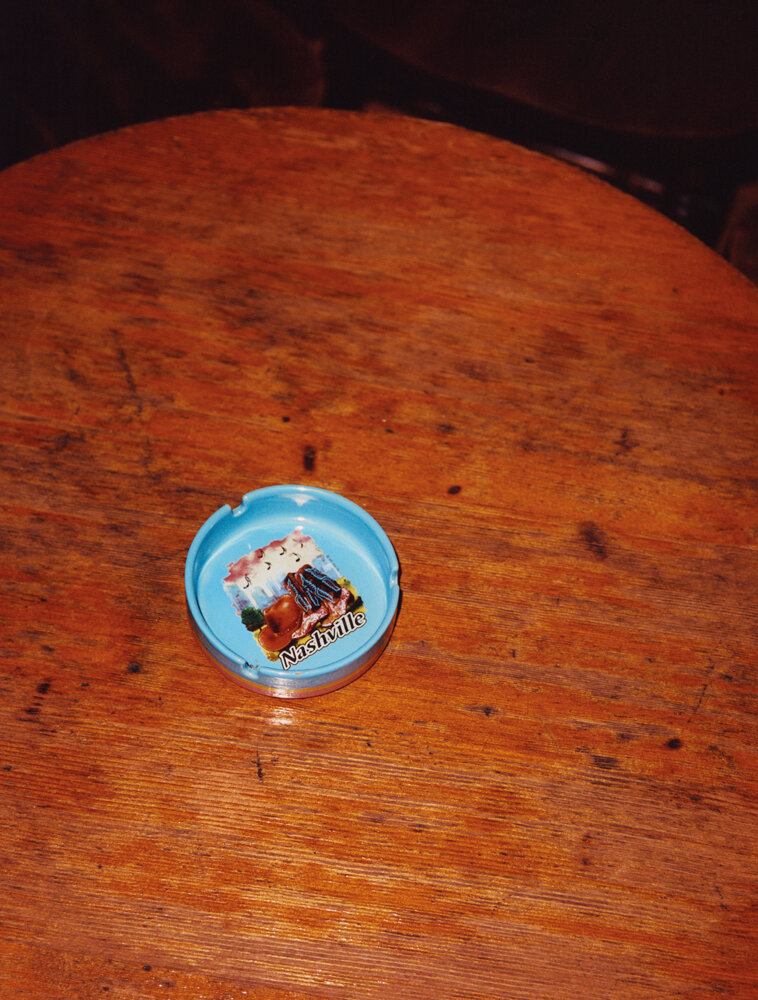
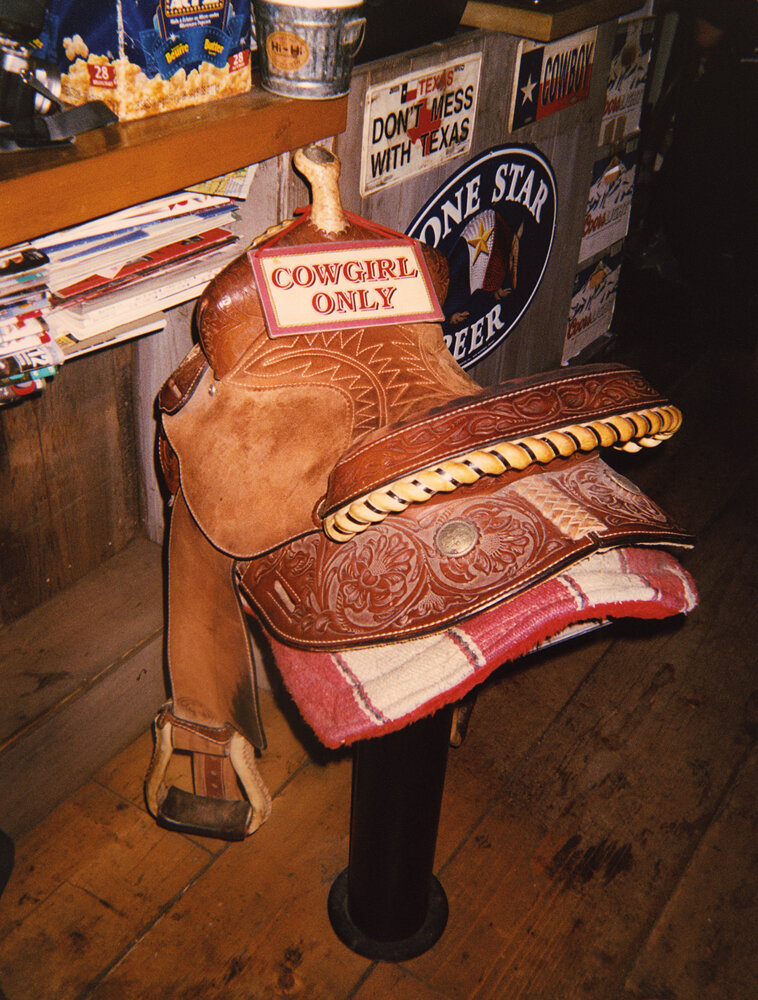
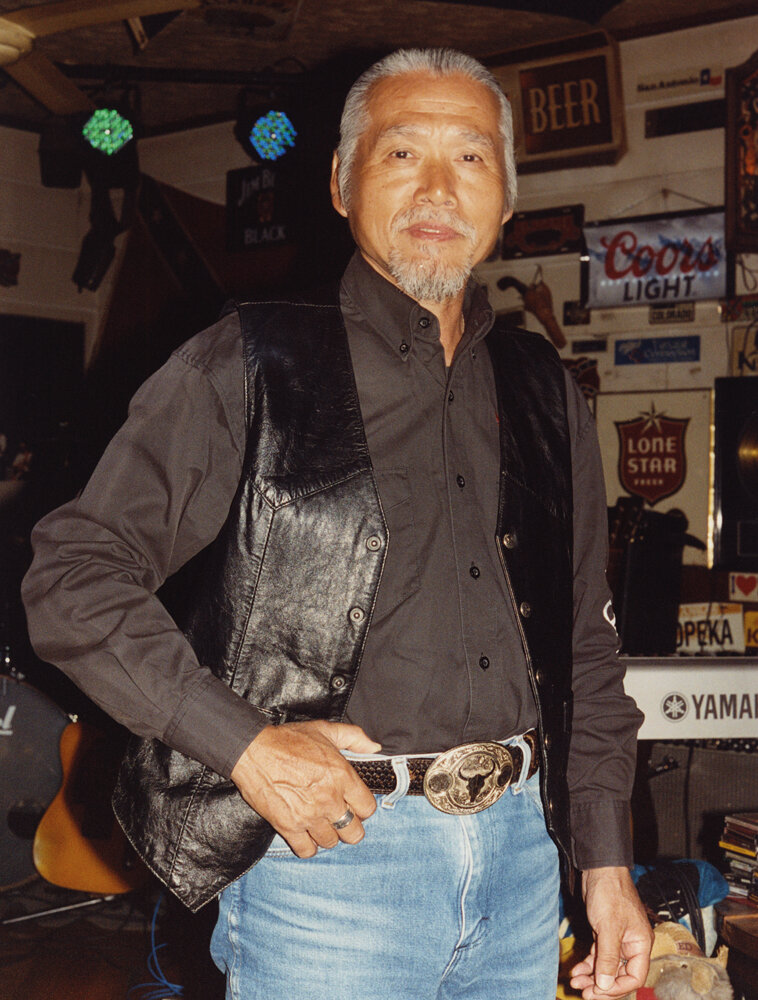
Images and Text by Lee Whittaker
Kumamoto is a small city on the island of Kyushu, Japan. Situated 700 miles southwest of Tokyo, it’s an isolated city removed from the frenetic energy of Japan’s more well-known metropolis. With less than a million inhabitants it’s known for its 15th-century castle and its local delicacy—horse meat. Outside Tokyo, it is a second home to Japan’s Country and Western scene.
I’m here to meet Charlie Nagatani, the owner of a local country and western honky tonk named Good Time Charlie. We’ve been emailing back and forth from London and communication up until this point has been haphazard at best. I arrive in Kumamoto and I walk the streets to kill time before Charlie’s bar opens. I eat some sushi, narrowly missing a run-in with horse sushi, and kill time by attempting to play pachinko, aided by a local man who doesn’t speak a word of English. Maybe it’s the jet lag creeping in—but looking around I’m a little underwhelmed by what I see—unsure how this city could be a hotbed for Americana culture and Country and Western music.
At eight I head to Charlie’s bar just as it opens. Walking in, I’m instantly transported to Texas or elsewhere in the deep south. Immediately I’m approached by a man in a Stetson asking me if I’m from Texas. My reply shocks him —“You’re from England, and you like country music?” as if the idea of a country-loving Englishman was unfathomed able. I can’t help but recycle the question back to him, the feeling very much reciprocated.
Country Music arrived in Japan after WW2, when an American radio station called WBTQ, which exclusively played jazz & country music was beamed into Japan, it was intended for the American occupied forces living on foreign soil. For most Japanese people, it was their first time hearing this new type of light feeling American music; the first time they had heard Hank Williams, Blue Sky Boys, and Ernest Tubb among others.
Charlie and his band ‘The Cannonballs’ play here in front of a team of line dancers. The bar is open 7 nights a week and his whole family helps out. Seiya, his son works the bar, and his wife Toshiko helps run the bar. Charlie is in charge of the music—playing his guitar & singing country music. Charlie is 81 now, it’s been this way every night since 1976 and he has no intention of stopping anytime soon.
Charlie was introduced to country music on his 20th birthday in 1956 by a country band who performed for him that night. Romanced by its melody, he became quickly obsessed and fled his childhood home to live out his newfound dream of becoming a country singer like those he’d heard. At the time, music was not a respected route to go down, especially American-style music. He left home without telling his parents of his intentions, only to call once he had left to inform them. His father asked him to come back and not to miss school, but Charlie swore to them that he would never change his way. Charlie created the international Country Gold Festival in 1989, to improve exposure to the genre in Japan as fewer Japanese people listen to country music now compared to its wartime popularity. The festival has hosted many celebrated American country musicians including the Dixie Chicks, Dwight Yoakam & Emmylou Harris. The images in this anthology are taken from my time with Charlie at his bar in Kumamoto and at the Country Gold Festival.
Born in Bristol in South-West England, Lee Whittaker first became interested in photography through skateboarding as a teenager, where he began taking photos and filming videos of his friends. After graduating from university at the age of 22, Lee began working in a retouching house & subsequently alongside photographers whom he then went on to assist, before focussing on his own work. Lee’s clean & filmic aesthetic imbued within his photography has been featured in magazines such as AnOther, 1 Granary, Beauty Papers, Apartamento & Air France magazine, with his influences ranging from vernacular imagery & old polaroids to Chloé Zhao films.
More of Lee Whittaker’s work can be found on his website and Instagram.







